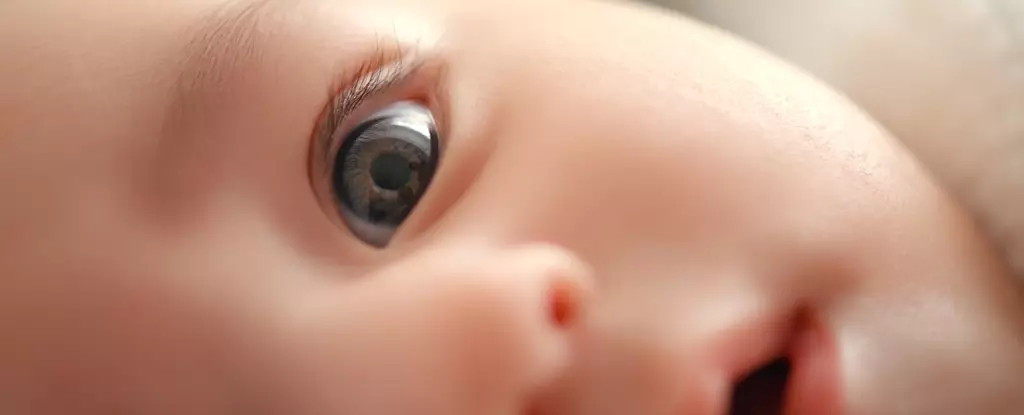In recent years, the prevalence of microplastics (MPs) in our environment has become increasingly undeniable. These minuscule pieces of plastic, often less than five millimeters in size, are not just littering our oceans and landscapes; they are now infiltrating our bodies and those of developing fetuses. A progressive study conducted by researchers at Rutgers University has uncovered alarming evidence that MPs can be transmitted from pregnant mice to their offspring, raising profound concerns about human health implications.
Microplastics originate from various sources, including the breaking down of larger plastic items, synthetic clothing, and even personal care products. Their insidious nature allows these particles to cross biological barriers, leading scientists to speculate about their potential impact on human health. While previous research indicated that larger particles could penetrate the placenta, the recent findings shed light on how these minute particles could persist within the bodies of newborn mammals following maternal exposure.
The rigors of the Rutgers study highlighted the ability of polyamide-12 (PA-12), a commonly used form of nylon, to enter the bodily systems of both pregnant mothers and their newborns. After the pregnant mice inhaled these plastic fragments, traces of microplastics were discovered in critical organs of the pups, including their lungs, hearts, livers, kidneys, and even brains. Perhaps most concerning is the fact that these fragments persisted in the pups for a minimum of two weeks post-birth, suggesting not just transient exposure but actual retention within vital systems.
While the study acknowledges the potential for additional exposure through breast milk, the mere existence of microplastics at such an early stage of life is troubling. As Dr. Phoebe Stapleton, an associate professor of pharmacology and toxicology, points out, “Nobody wants plastic in their liver,” emphasizing the urgent need for further investigation into the presence and implications of these particles in young mammals.
The potential health risks associated with microplastic exposure are woefully underexplored, but the existing literature raises red flags. Increasing studies have detected links between microplastic pollutants and significant health conditions, such as cardiovascular disease. Furthermore, early exposure to any kind of toxin or pollutant is known to heighten the likelihood of chronic health problems later in life. It raises the question: if microplastics are embedding themselves in vital organs, what chronic conditions might they engender in future generations?
The research team emphasizes the alarming implications for maternal-fetal health and encourages further investigation into the toxicological impacts of microplastic exposure. These findings could have significant ramifications, drawing a direct line between environmental pollution and the health of newborns and children.
Despite mounting evidence of the dire consequences of plastic pollution, societal dependency on plastics remains seemingly unyielding. With a staggering 450 million tonnes of plastic produced annually worldwide, it remains entrenched in the fabric of daily life. The resistance to significantly reducing plastic consumption presents a daunting challenge for environmental health advocates.
Work is ongoing to find sustainable solutions that could reduce the environmental impact of plastic. Researchers, environmentalists, and policymakers are pressed to innovate recycling processes and promote alternatives that minimize plastic usage. Our reliance on plastic products is unlikely to dissipate entirely, as noted by Stapleton, who remarked, “I don’t think we’ll ever get rid of plastics altogether,” signifying a need for a pragmatic approach in addressing plastic pollution while safeguarding human health.
As we grapple with the implications of microplastics in our lives, the call for action is clearer than ever. The research from Rutgers University underscores the urgent need for a deeper understanding of the complications that microplastics pose for maternal and fetal health. Only through continued research, public awareness, and meaningful policy changes can we hope to navigate away from a path that endangers not only our health but that of future generations. It is incumbent upon society to confront its plastic habits—actively fostering solutions to this pervasive environmental issue. The knowledge gathered today may soon yield insights that redefine our relationship with plastic, ensuring a healthier future for all.


Leave a Reply